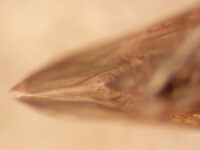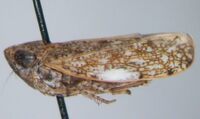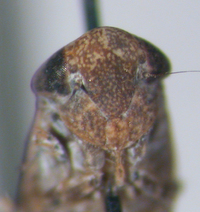|
|
|
|
Species Photo Gallery for Paraphlepsius floridanus No Common Name 4 |
 | Photo by: Bo Sullivan
Scotland Co.
Comment: male, 4.0 mm |  | Photo by: Bo Sullivan
Scotland Co.
Comment: male, 4.0 mm |
 | Photo by: Bo Sullivan
Scotland Co.
Comment: male, 4.0 mm |  | Photo by: Bo Sullivan
Scotland Co.
Comment: male, 4.0 mm |
|

 »
»


 »
»
